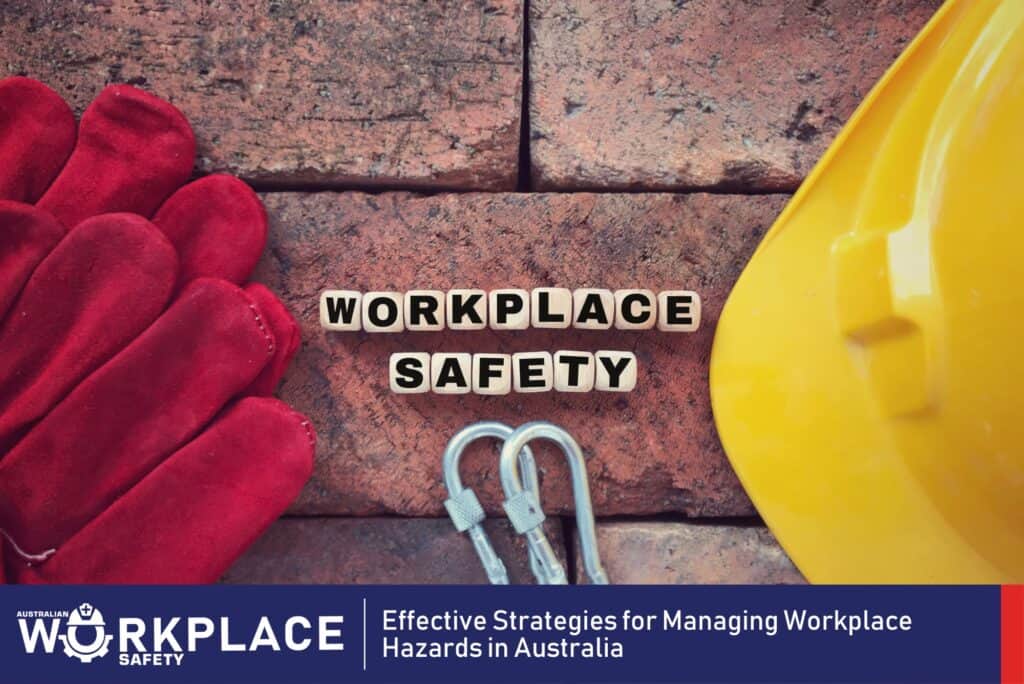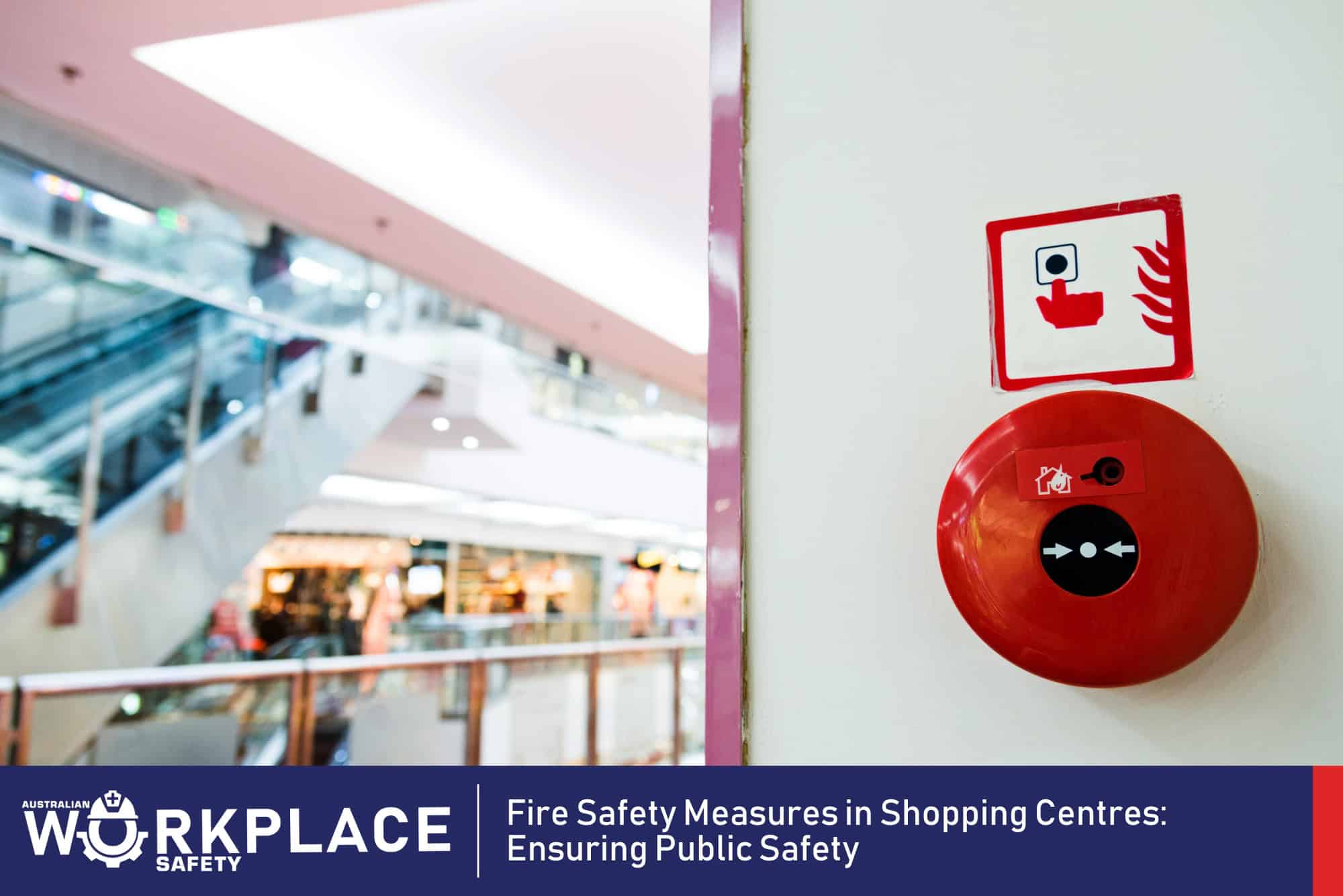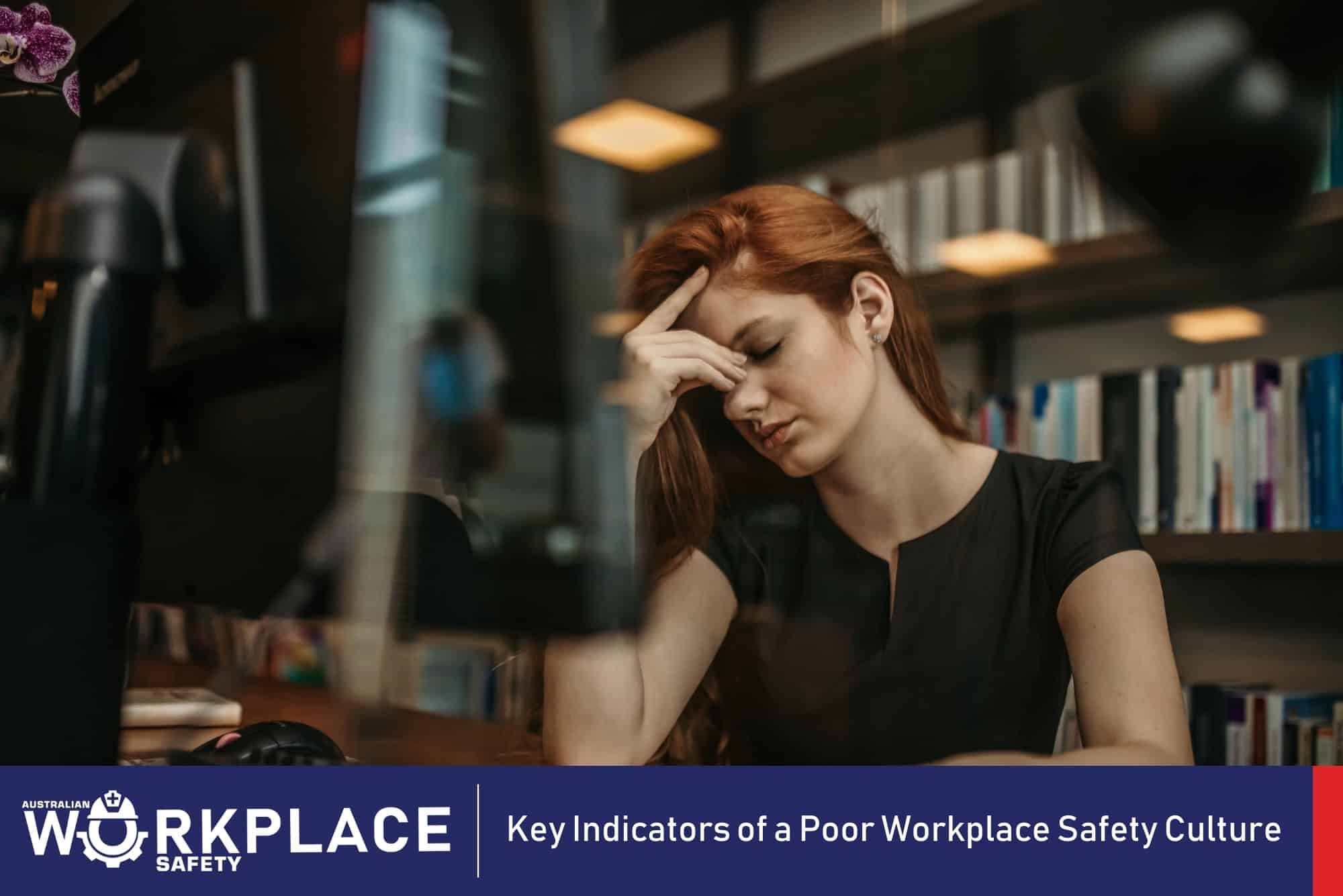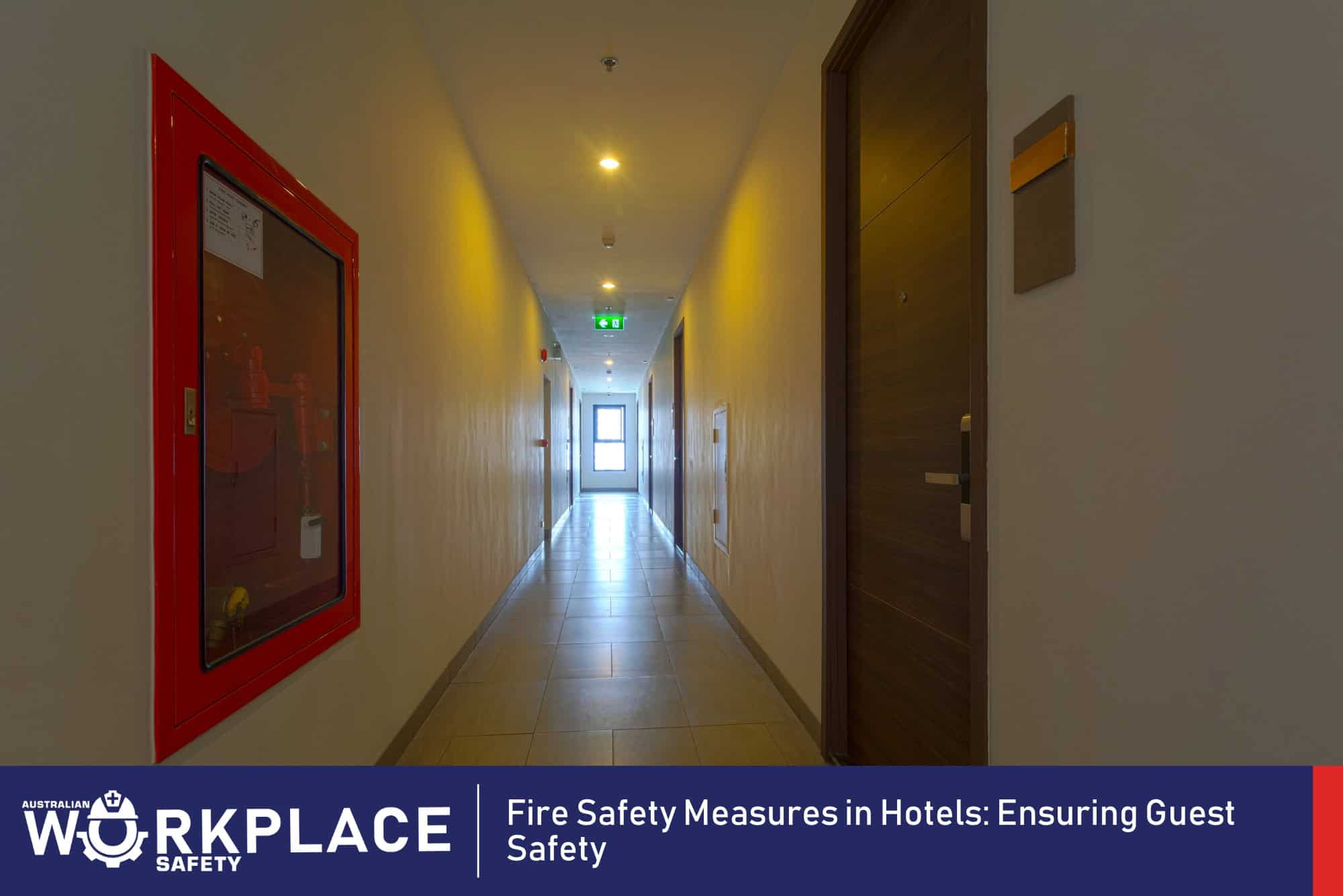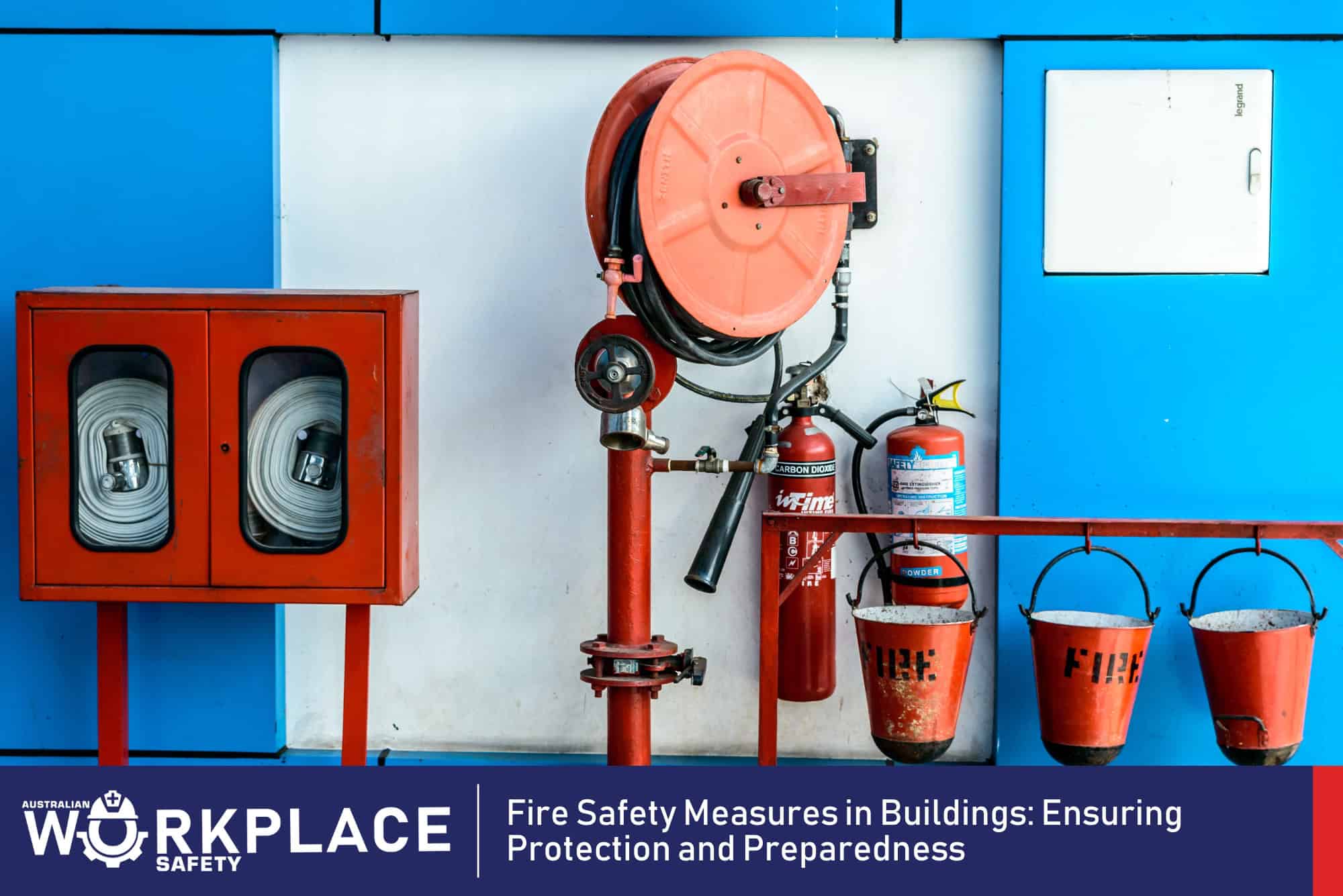Promoting a safe and healthy work environment is a top priority for Australian businesses across all sectors. Workplace hazards can pose significant risks to employees’ well-being and have the potential to impact productivity and morale. To mitigate these risks and create a safer workplace, organisations must implement effective strategies for managing workplace hazards.
But before delving into strategies for managing workplace hazards, it is essential to have a clear understanding of what constitutes a hazard. A hazard is any source, situation, or act with the potential to cause harm or injury to employees, visitors, or the general public. Hazards can take various forms, including physical, chemical, biological, ergonomic, and psychosocial. Identifying and categorising hazards are the foundational steps in creating a robust hazard management plan.
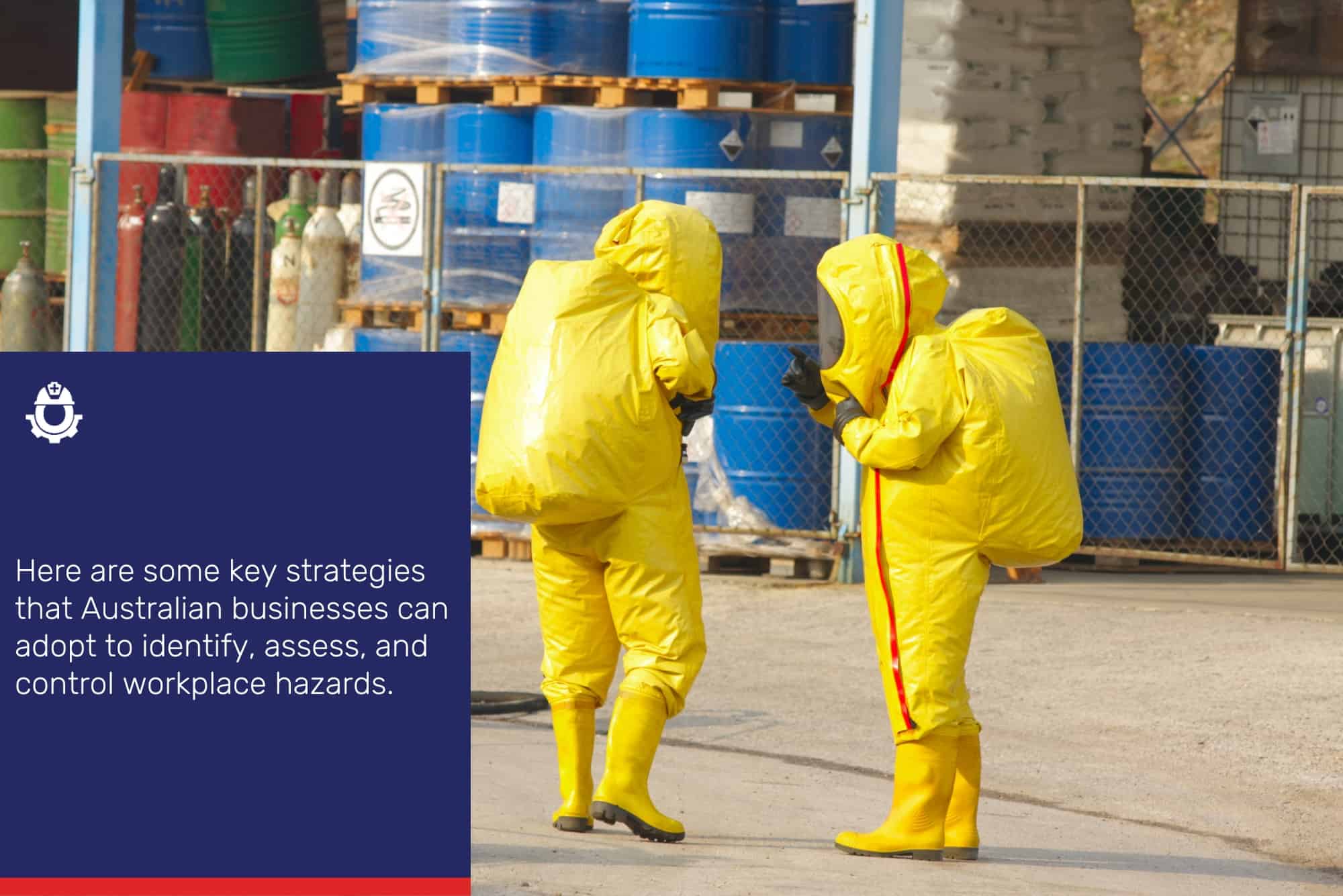
8 Ways to Manage Workplace Hazards
Here are some key strategies that Australian businesses can adopt to identify, assess, and control workplace hazards.
1. Hazard Identification and Assessment
Effective hazard management begins with a systematic process of identifying and assessing potential risks within the workplace. Regular inspections, walkthroughs, and employee feedback can help pinpoint existing and emerging hazards. By conducting comprehensive risk assessments, businesses can evaluate the likelihood and severity of each hazard and prioritise them based on the level of risk they pose.
2. Implementing Hierarchy of Controls
Once hazards are identified and assessed, it’s crucial to implement the hierarchy of controls to manage and mitigate risks. This hierarchy outlines a range of measures in order of effectiveness, starting with the most preferred options:
Elimination
Completely remove the hazard from the workplace, if feasible. For example, replace a toxic chemical with a safer alternative.
Substitution
Replace the hazard with a less hazardous alternative. This could involve using non-toxic substances or safer equipment.
Engineering Controls
Modify the workplace or equipment to minimise exposure to the hazard. Examples include installing ventilation systems or implementing machine guards.
Administrative Controls
Implementing policies, procedures, and guidelines to reduce exposure to hazards. This might involve adjusting work schedules, providing training, or limiting access to hazardous areas.
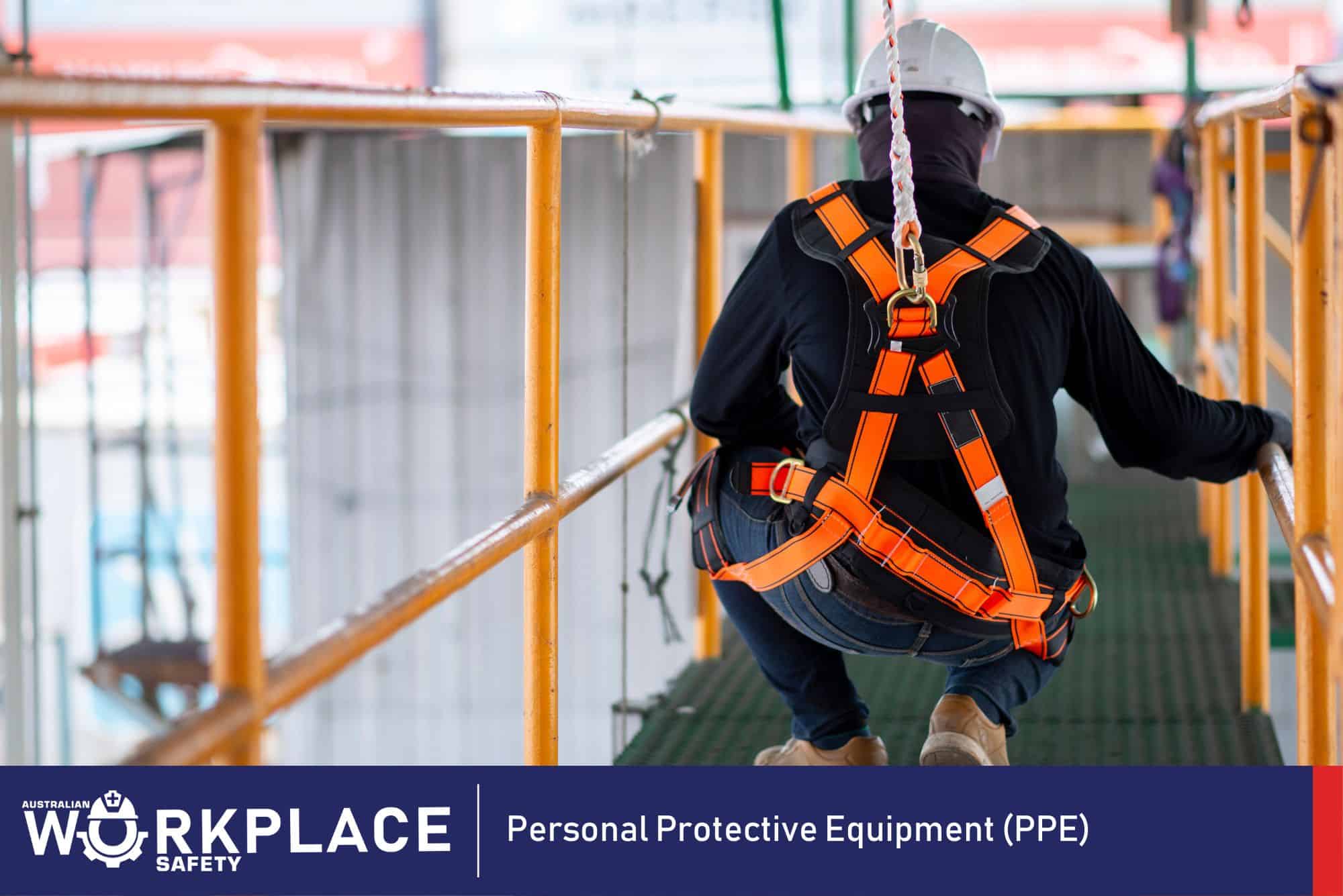
Personal Protective Equipment (PPE)
Provide workers with appropriate PPE, such as helmets, gloves, or masks, to protect against hazards that cannot be eliminated or controlled by other means.
3. Training and Education
Raising awareness and providing comprehensive training to employees are integral components of effective hazard management. Workers should be effectively educated about potential hazards, safe work practices, emergency procedures, and the proper use of personal protective equipment. Ongoing training and refresher courses ensure that employees remain well-informed and equipped to handle various situations safely.
4. Cultivating a Safety Culture
A strong safety culture is pivotal in creating a workplace where hazard management is embraced by all. This culture encourages open communication, accountability, and a shared commitment to safety. Employers should actively involve employees in identifying hazards and developing safety protocols, fostering a sense of ownership and empowerment. Recognising and rewarding safe behaviour further reinforces the importance of hazard management.
5. Regular Monitoring and Review
Workplace hazards are not static; they can evolve over time due to changes in processes, equipment, or external factors. Regular monitoring and review of hazard controls are essential to ensure their ongoing effectiveness. Businesses should conduct periodic audits, assessments, and incident analyses to identify any gaps or areas for improvement in their hazard management strategies.
6. Collaboration and Consultation
Engaging employees in hazard management decisions can lead to more effective solutions. Consultation with workers, safety representatives, and relevant stakeholders provides valuable insights and diverse perspectives. Collaboration also enhances the implementation of hazard controls by fostering a sense of collective responsibility.
7. Compliance with Regulatory Standards
Australian workplaces are subject to specific health and safety regulations that outline the responsibilities of employers and employees. The Work Health and Safety Act 2011 and associated regulations set the legal framework for hazard management in Australia. Adhering to these regulations is not only a legal obligation but also a fundamental step in ensuring a safe workplace.
8. Continuous Improvement
Hazard management is an ongoing process that requires continuous improvement. Regularly reviewing and updating hazard management strategies based on lessons learned, emerging risks, and advancements in technology ensures that the workplace remains responsive to changing conditions.
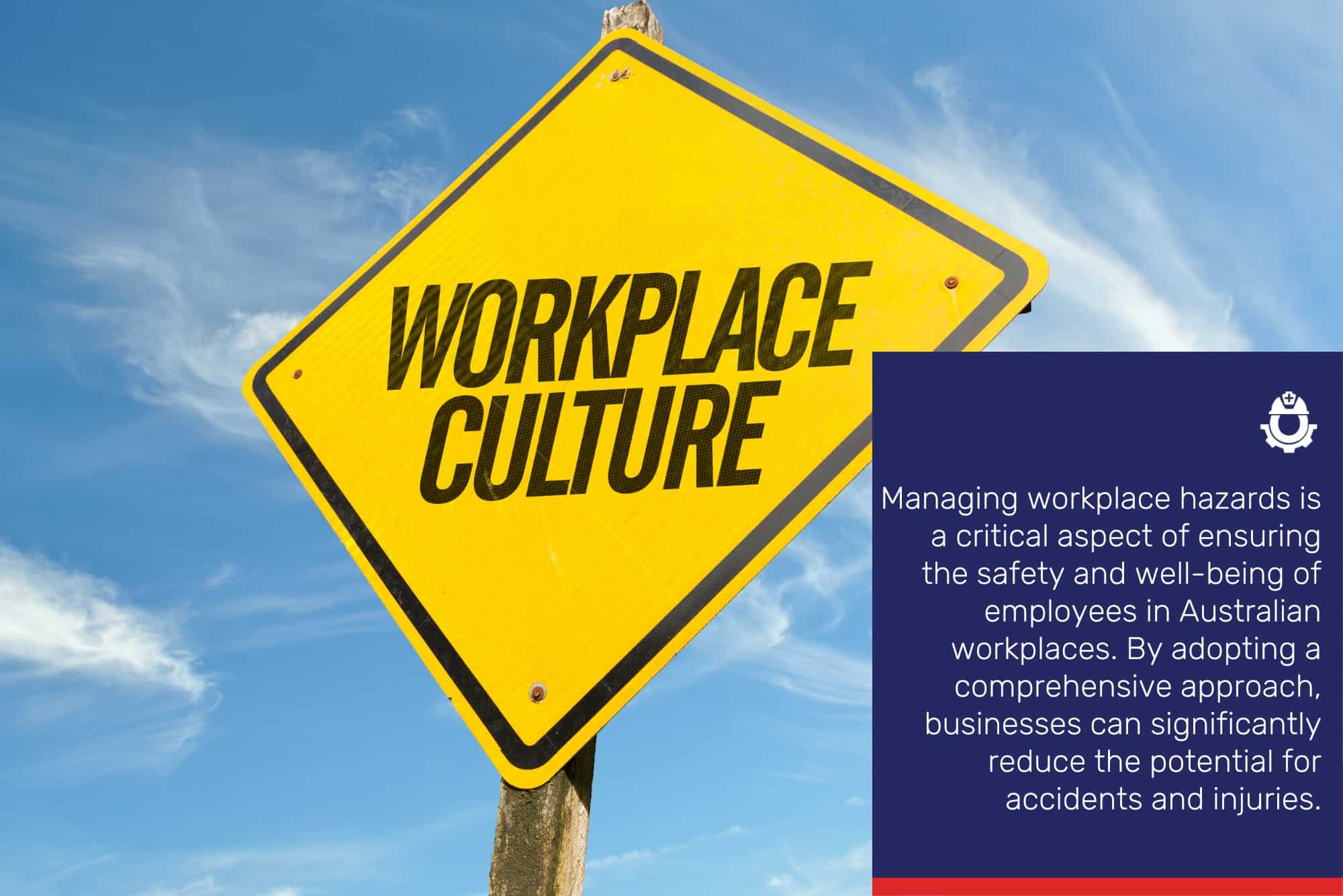
Employ safety strategies in your workplace to minimise hazards.
Managing workplace hazards is a critical aspect of ensuring the safety and well-being of employees in Australian workplaces. By adopting a comprehensive approach, businesses can significantly reduce the potential for accidents and injuries.
Striving for continuous improvement and compliance with regulatory standards establishes a foundation for a safer, more productive, and more resilient work environment. Through the above-mentioned effective strategies, Australian businesses can create workplaces where employees thrive and hazards are minimised.
